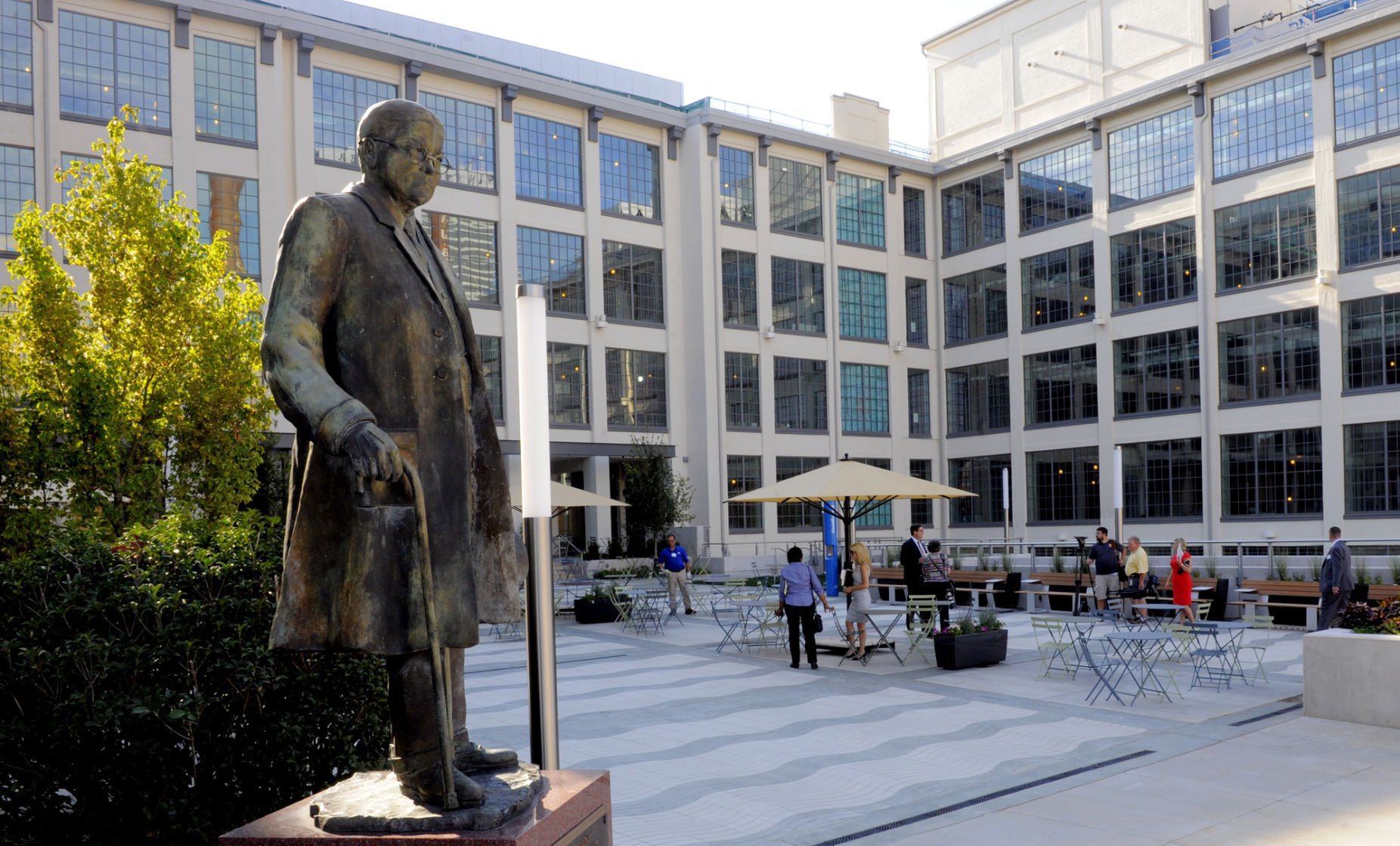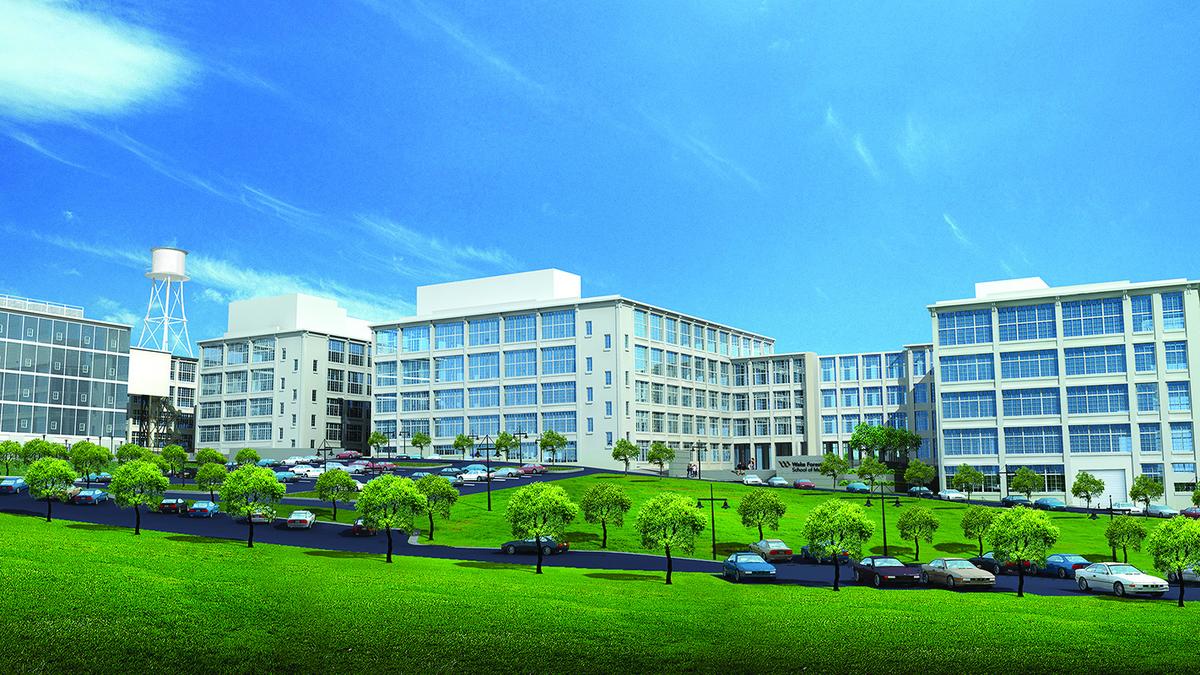


We will do our best to work with you and your plan.Creating new stories of collective and individual flourishingįrom the physical, emotional, and spiritual illnesses afflicting so many people today to the planet-wide crises we now face-climate change, the Earth’s sixth mass extinction, and other ecological disasters, the repercussions of the mechanistic and disenchanted worldview of Western techno-industrial culture are evident everywhere we look. If you don’t see your plan or you have questions, please call our Customer Service Center at 87. Please remember that health insurance coverage varies, so some services may not be covered. Please check your individual plan to confirm their participation and the coverage allowed.ĭue to the different physician groups and hospitals within the Wake Forest Baptist system, physician services and hospital services are billed separately. This chart is a list of the most common health insurance plans we accept. Once a patient is affiliated with the MDA, a patient is eligible for direct services that may include the purchase and repair of wheelchairs and braces, recreation at an MDA summer camp and selected transportation needs. They may also be eligible for evaluation by cardiologists, orthopedists and other specialists at the Medical Center for problems related to their MDA diagnosis. Patients who participate in the MDA clinic will receive a neurological examination, appropriate testing necessary to achieve diagnosis, physical therapy assessments and follow-up care from our neuromuscular specialists. The Muscular Dystrophy Association (MDA) sponsors a monthly clinic that provides comprehensive medical services to patients with certain neuromuscular diseases. Steroids are also being investigated to slow or reverse the progression of the disease.

Studies are working to figure out ways to insert new genes or to compensate for the gene defect. Since then scientists have been working to identify the genes and the proteins that cause other muscular dystrophies. Muscular Dystrophy ResearchĪ major jump in the research of muscular dystrophy came in 1986 with the identification of the gene for a specific type of muscular dystrophy. Muscular dystrophy gradually worsens and can eventually cause mental impairment. Steroids can sometimes help slow the progression of the disorder. Activity is usually encouraged, depending on the patient. Physical therapy may help maintain muscle strength and function, as can orthopaedic appliances like braces and wheelchairs. Controlling the symptoms and maximizing the quality of life are the goals of treatment. There are no known cures for the various muscular dystrophies. Electrocardiography to monitor cardiac changes.Electromyography (EMG) to test single muscle fibers.Specific muscle groups are affected by different types of muscular dystrophy. Muscular Dystrophy DiagnosisĪ physical examination, neurological examination and your medical history will help the doctor determine the type of muscular dystrophy you may have. They may have weakness initially in the muscles closer to the body and then gradually develop problems in their hands and feet, as well as in the respiratory and cardiac muscles.Ĭertain muscular dystrophies, such as Duchenne dystrophy, may ultimately be fatal, while others have muscle weakness that causes the person little disability. Symptoms generally start by affecting the voluntary muscles, which gradually get weaker.Ĭhildren may be slow to walk or to master certain motor activities. Muscular dystrophy symptoms usually start in childhood or early adolescence. Some can progress slowly and others confine the patient to a wheelchair within a few years. The rate of the progression or pattern depends on the type of dystrophy. More than 50,000 people in the United States have 1 of the various forms of muscular dystrophy. There are many different types of muscular dystrophy: Muscular dystrophy is a rare group of genetic disorders that cause muscle weakness and loss of muscle tissue, which get worse over time.


 0 kommentar(er)
0 kommentar(er)
